Microencapsulated PCMs for Energy Saving: Paper Validation
$270.00 $135.00 Student Discount
- The problem numerically simulates Microencapsulated PCMs in ANSYS Fluent software.
- The 3D geometry of the model is created in Space Claim software.
- The model is meshed in ANSYS Meshing creating 4,045,254 elements.
- We simulate the problem Transient via pressure-based solver.
To Order Your Project or benefit from a CFD consultation, contact our experts via email (info@mr-cfd.com), online support tab, or WhatsApp at +44 7443 197273.
There are some Free Products to check our service quality.
If you want the training video in another language instead of English, ask it via info@mr-cfd.com after you buy the product.
Description
Microencapsulated PCMs for Energy Saving: Thermal Behavior of the Building Envelope, CFD Simulation by ANSYS Fluent
This project investigates the impact of Microencapsulated PCMs on the concrete wall of a room under actual conditions in a tropical environment. Results from an experimental paper are compared to those of this simulation. Both models’ main characteristic is using SavE® OM37 as the PCM. The aim of this project is the realistic simulation of a building envelope integrated with Microencapsulated PCMs, where the room temperature has been validated against the temperature obtained from the experimental data in paper entitled “An experimental evaluation of thermal behavior of the building envelope using Microencapsulated PCMs for energy savings”.
For validation reasons, we simulated just one hour of the trial time using a numerical method, given that the cited experimental investigation was run over a 24-hour period and the relevant data was drawn out accordingly. The simulation’s chosen time frame ran from 1:00 PM to 2:00 PM. The temperature values for this time were thus taken from the experimental study and applied as starting input into the ANSYS Fluent tool. The indoor temperature logged in the cited study is shown in Figure (1).
figure(1)
The transient solver is also active since the issue at hand demands studying variations in the volume fraction of the indicated phases. The study evaluated gravity’s effect; in the Y direction, it was fixed at -9.81 m/s².
Space Claim software was used for the design of the chamber with microencapsulated PCMs placed in its concrete wall. The meshing of this design was also done using ANSYS Meshing software. This model produced an unstructured mesh with almost 4000000 components.
Geometry and mesh description
The chamber was designed using Space Claim software, as already mentioned. Ansys Meshing tool was used to mesh the geometry of this issue. At first, a Tetrahedrons/Triangles model and unstructured mesh were used. However, the mesh type was changed to polyhedral because of the great element count and to lower Ansys Fluent processing expenses. This project had 4,045,254 components in total.
Methodology
The simulation uses a pressure-based solution. A transient solution was also used to consider time-related temperature variations. The effect of the sun on the concrete wall was calculated by activating the radiation model. The pressure and velocity equations were solved concurrently using the linked approach. In addition, the coupled method was used to solve the pressure and velocity equations simultaneously.
Conclusion
Using commercially available Phase Change Material (PCM) SavE® OM37, this study documented a genuine outdoor experiment in which the thermal energy storage capacity of the building structure was raised. The tubular shape encapsulates the PCM macroscopically. During construction, the microencapsulated PCM was included in the walls and roof of the building; it was tested for thermal reaction. The output data from this project clearly indicates that the room temperature in the simulation is fairly close to the experimental room temperature. In the experimental conditions, the room temperature ranged from 37.3°C to 37.65°C, while in the present project, the room temperature was found to be between 37.85°C and 38.17°C.”
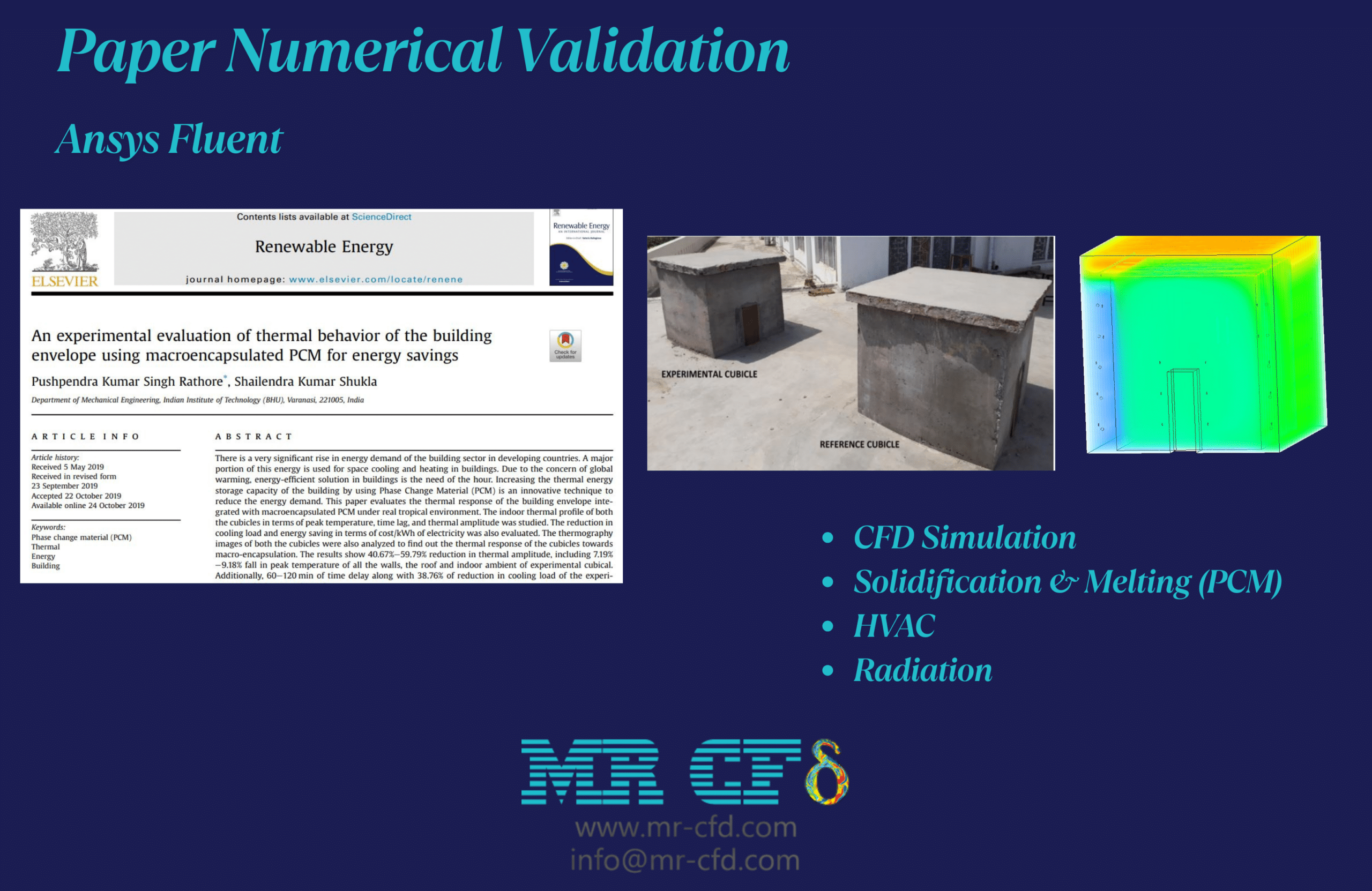
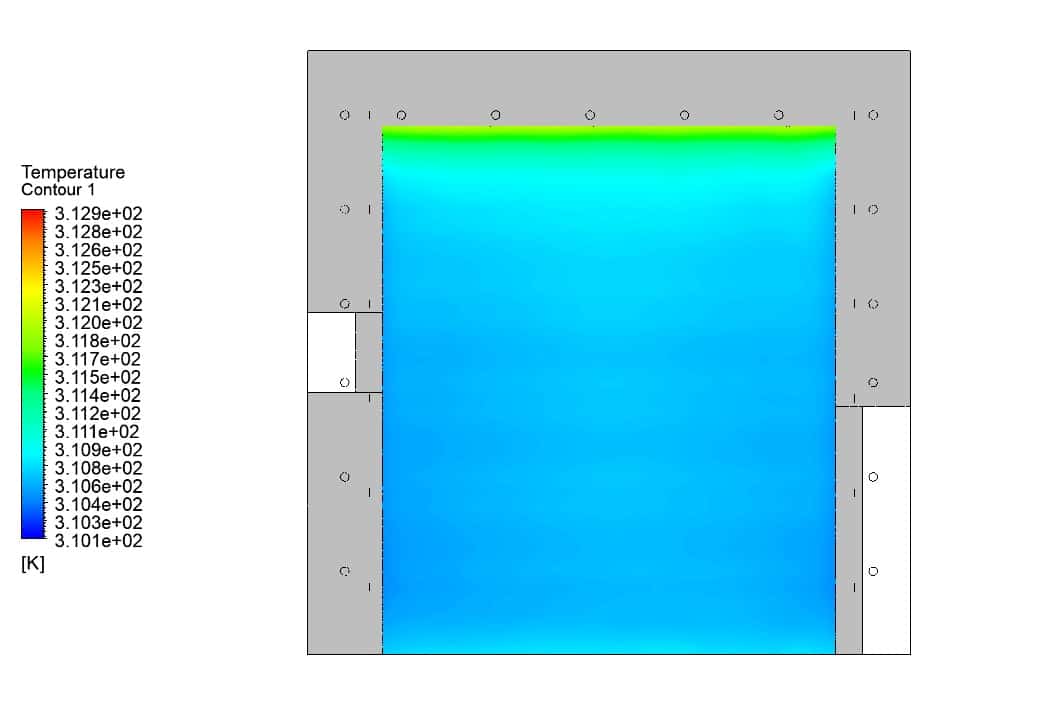

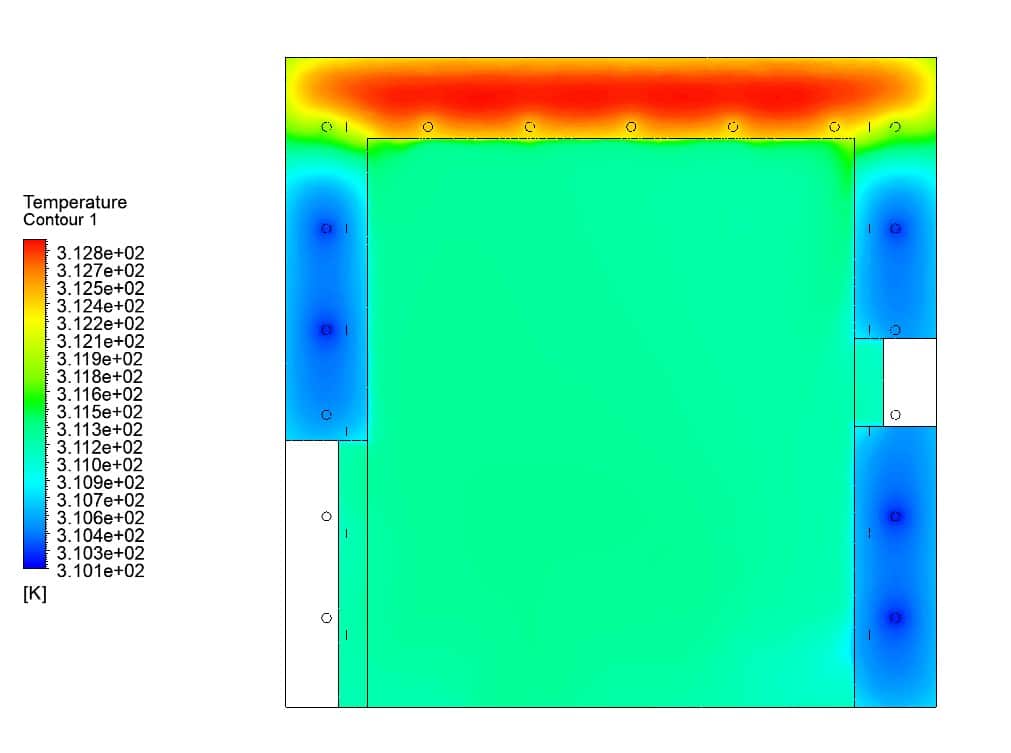
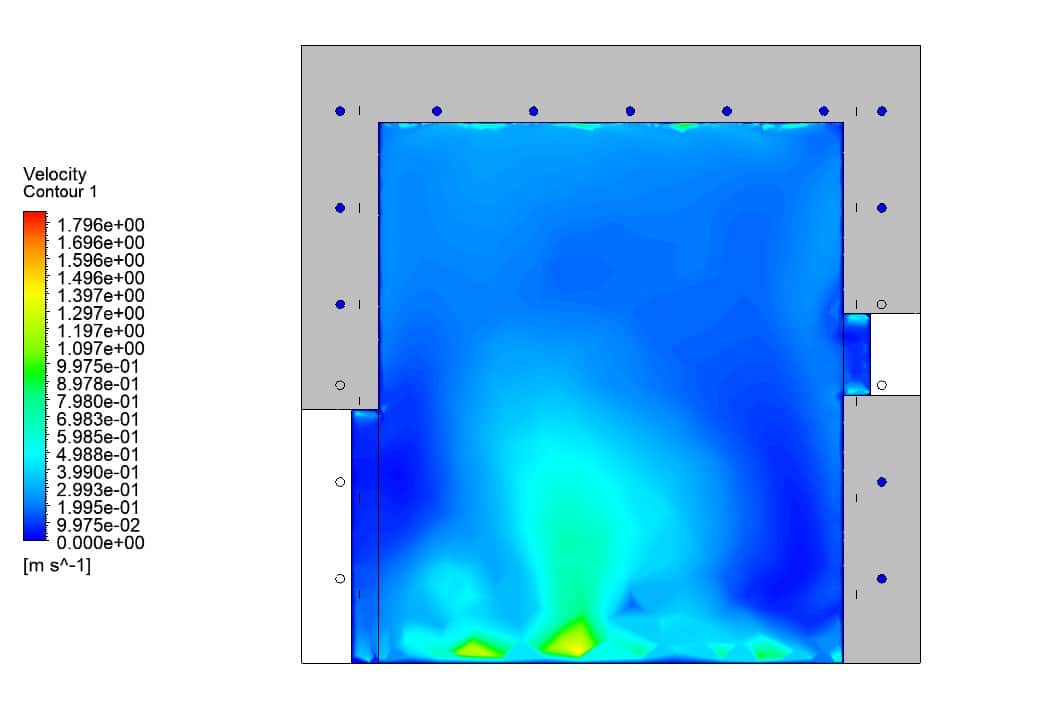
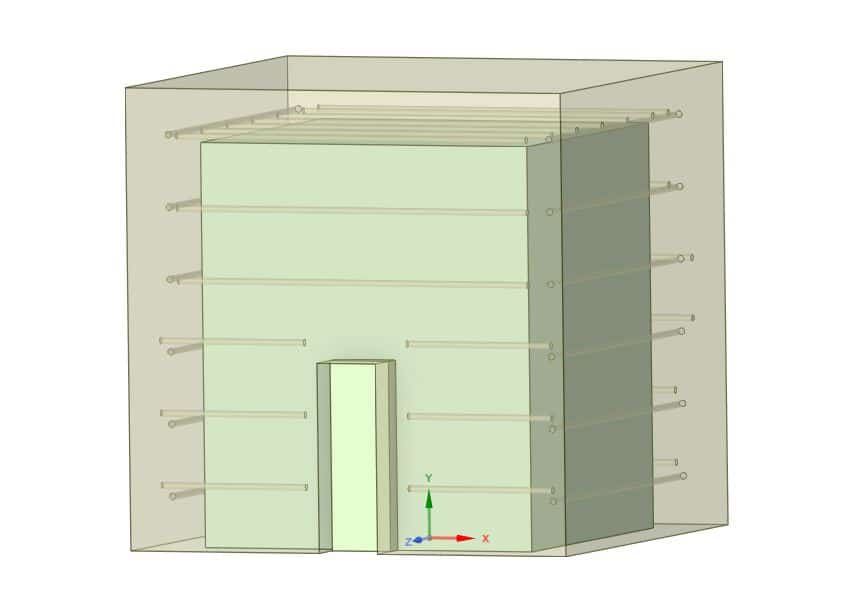
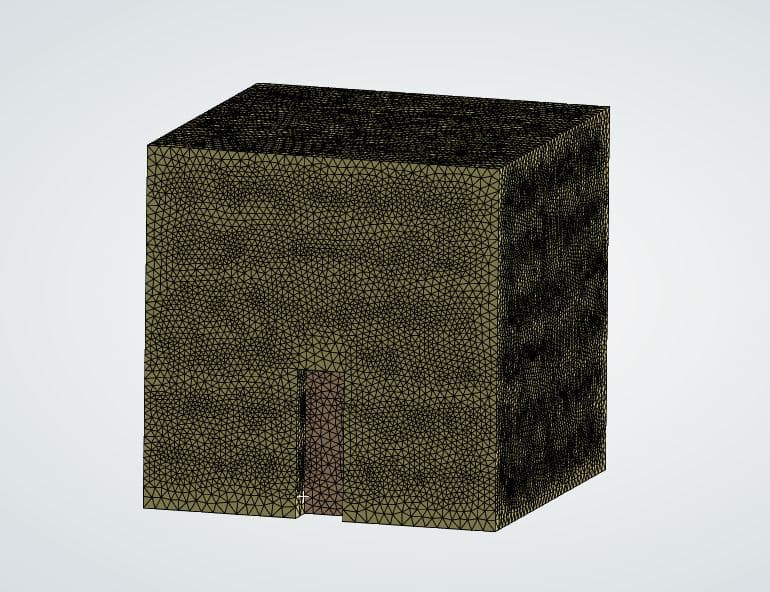
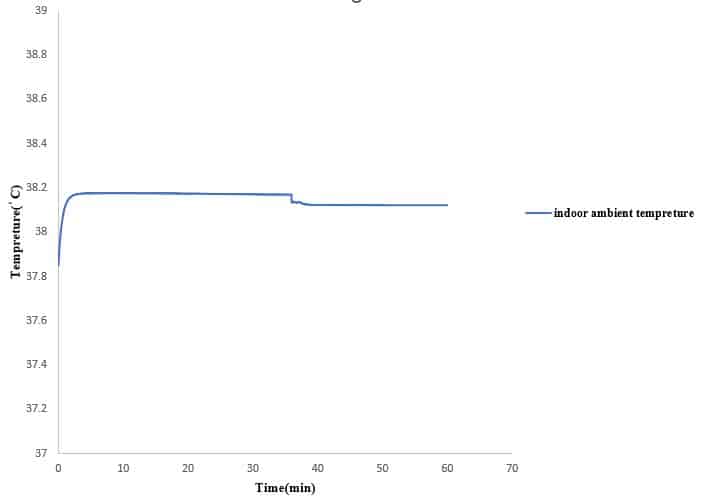
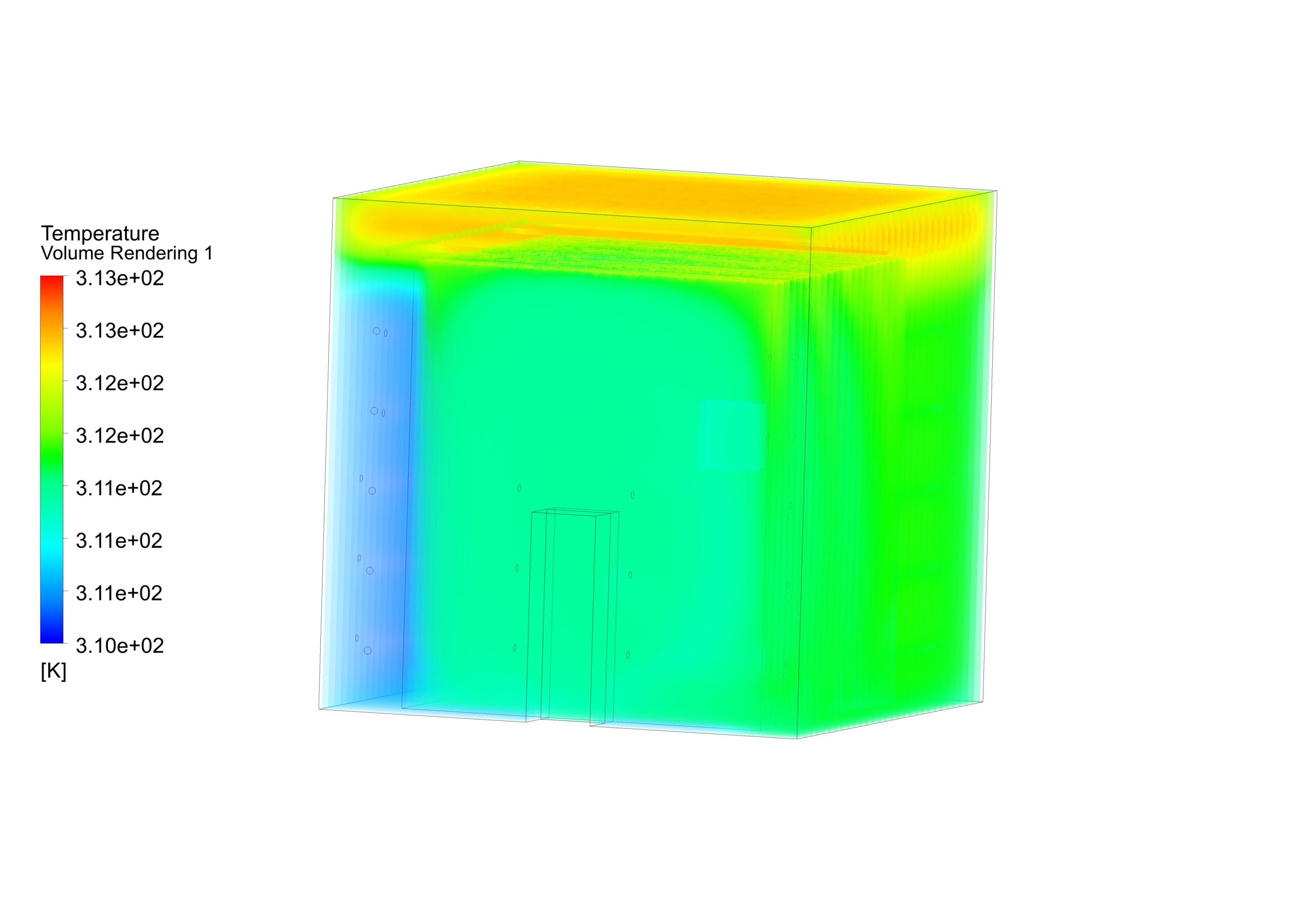
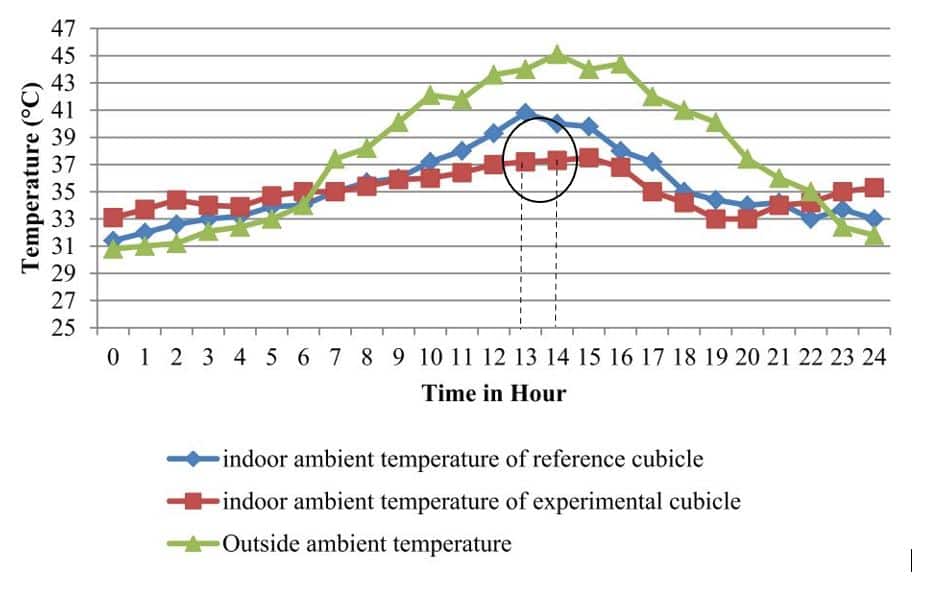
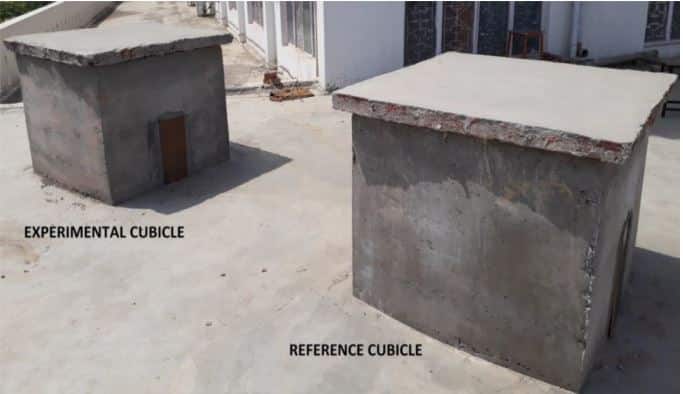
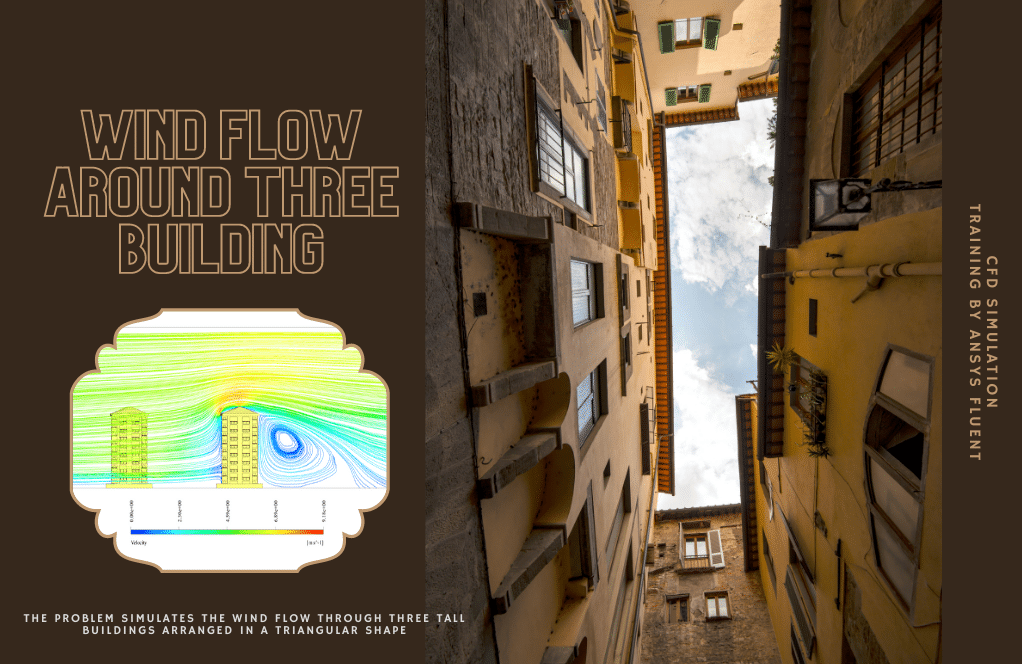
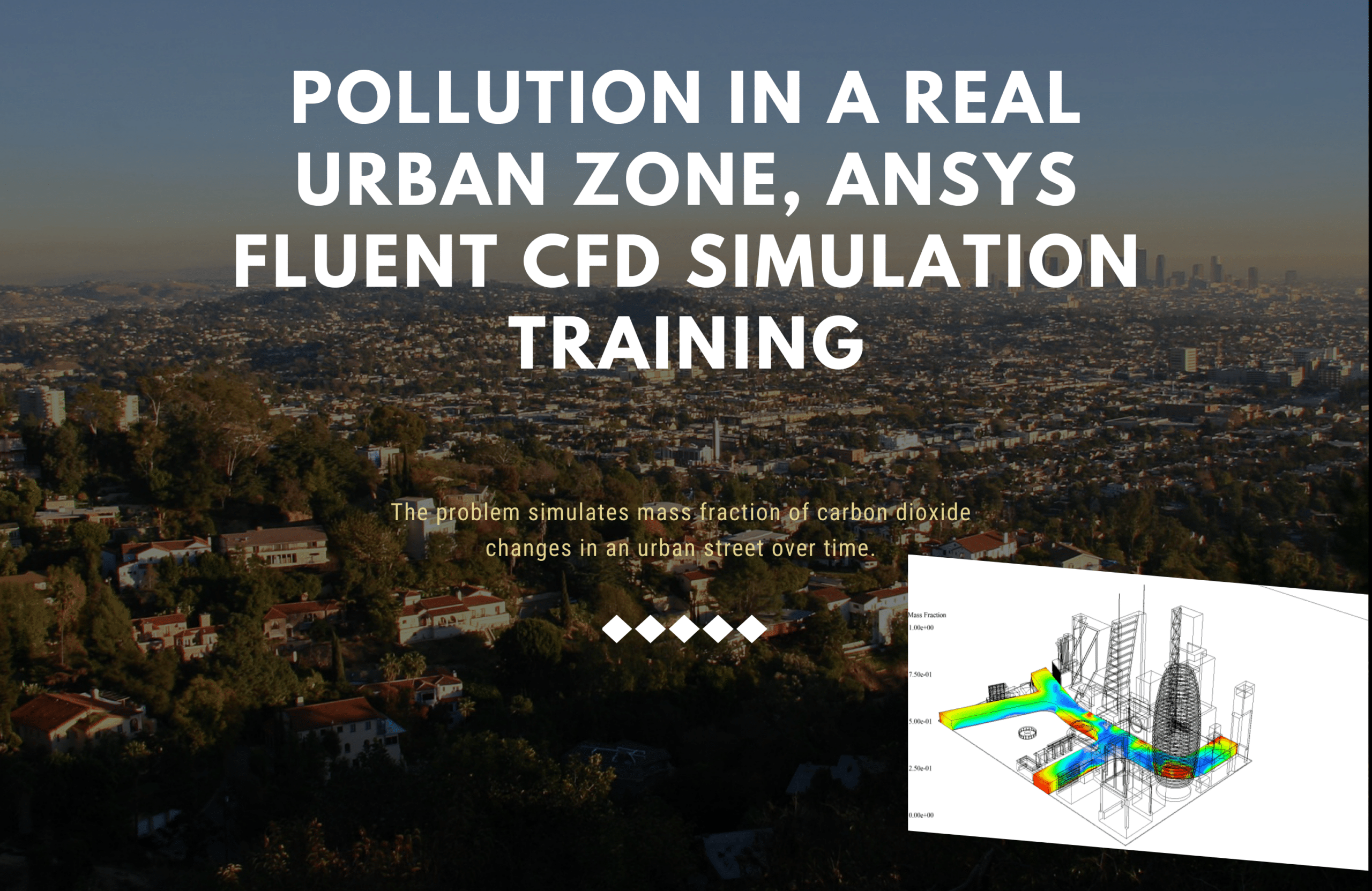


Reviews
There are no reviews yet.